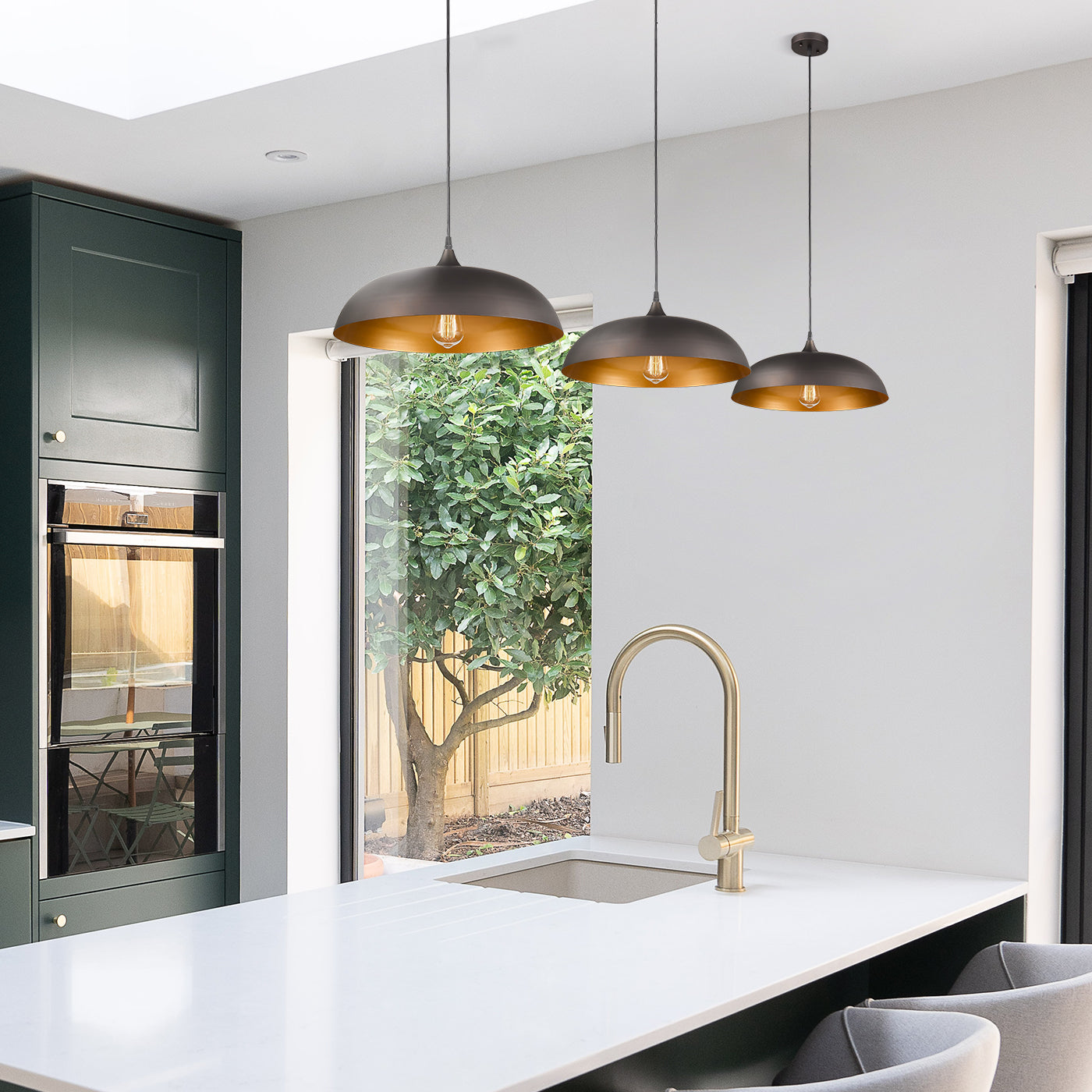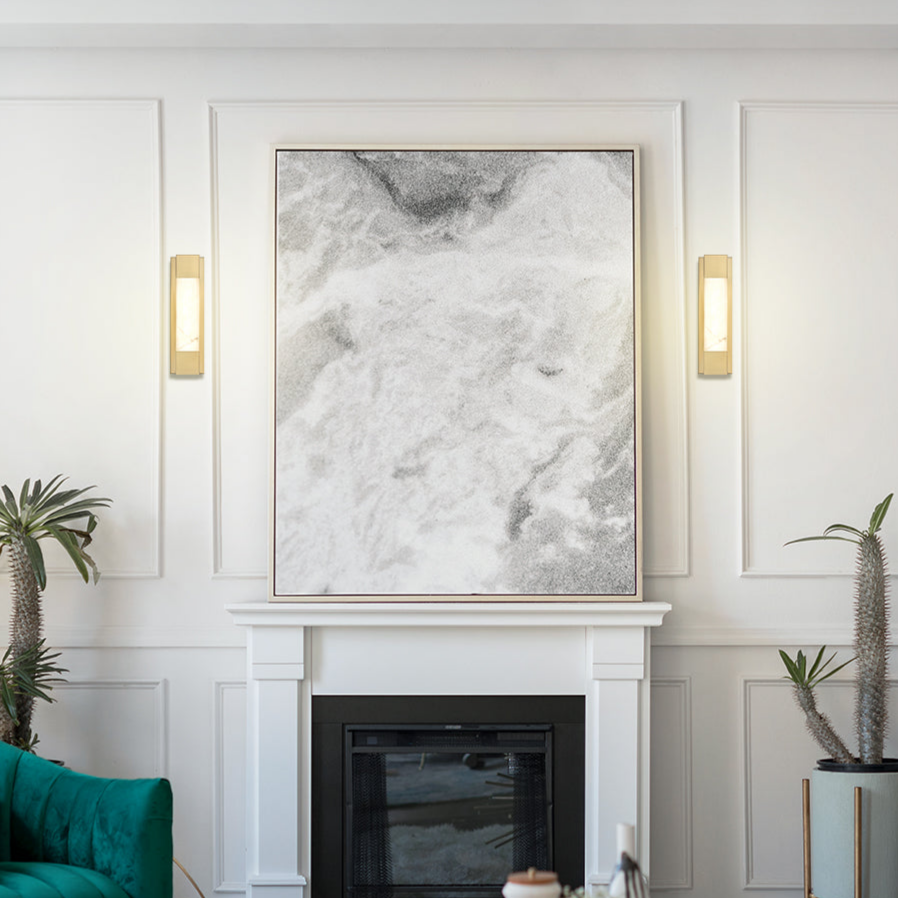
Installing pendant lights can be a simple and cost-effective way to update the look and feel of a room, but it's important to do it properly to ensure safety and proper function. In this article, we'll go over the steps for installing pendant lights, including the tools you'll need, how to prepare the electrical wiring, and how to hang the lights themselves.

Tools and Materials
Before you begin, gather the following tools and materials:
- A screwdriver
- Wire stripper
- Wire nuts
- Electrical tape
- Pendant light kit (including the light fixture, mounting hardware, and electrical components)
- Junction box
- Electrical wire (to connect the light to the power source)
- Ceiling mounting plate
Shut Off Power and Remove Old Fixture
The first step in any electrical work is to shut off the power to the circuit you'll be working on. Locate the circuit breaker for the room where you'll install the pendant light, and flip the switch to the "off" position.
Next, remove the old light fixture. This will typically involve removing screws or nuts that hold the fixture in place and then gently pulling the fixture down from the ceiling. Be sure to keep a firm grip on the fixture as you remove it to avoid accidents.
Install the Junction Box
Next, you'll need to install a junction box where the new pendant light will be mounted. This is a box that contains the electrical wiring for the light, and provides a safe and secure place to connect the wires.
To install the junction box:
- Start by removing the ceiling drywall or plaster to expose the framing.
- Locate a ceiling joist and use wood screws to attach the junction box to the joist.
- Pleasemake sure the box is securely fastened, as it will need to support the weight of the pendant light.
Prepare the Electrical Wiring
Now it's time to prepare the electrical wiring for the pendant light. Start by cutting a length of electrical wire that is long enough to reach from the junction box to the power source (usually a wall outlet or light switch). Strip about an inch of insulation off each end of the wire using the wire stripper.
Next, connect the wires from the pendant light kit to the wires from the electrical circuit. Typically, the wires from the pendant light will be color-coded (e.g., black, white, and green) to indicate their function. The black or red wire is the "hot" wire, which carries the electrical current. The white or gray wire is the "neutral" wire, which carries the return current. The green or bare wire is the "ground" wire, which provides a path for electricity to flow to the ground in the event of a malfunction.
To connect the wires, twist the wires from the pendant light kit together with the corresponding wires from the electrical circuit using wire nuts. Then, wrap the connections with electrical tape to ensure a secure and insulated connection.
Install the Pendant Light
With the electrical wiring prepared, it's time to install the pendant light itself. Start by attaching the mounting plate to the junction box using the screws provided in the pendant light kit. Then, attach the pendant light fixture to the mounting plate according to the manufacturer's instructions.
Once the light is securely attached to the mounting plate, connect the wires from the light to the wires in the junction box using wire nuts and electrical tape. Finally, attach the light's shade or diffuser (if applicable) and turn the power back on to the circuit.

Conclusion
Installing pendant lights can be a relatively simple DIY project, but it's important to follow the steps carefully and use caution when working with electricity. By gathering the necessary tools and materials, preparing the electrical wiring, and installing the pendant light according to the manufacturer's instructions, you can successfully update the look and feel of your space with new pendant lights.
As with any electrical project, it's always a good idea to consult a professional electrician if you're unsure about any aspect of the installation process. An electrician can help ensure that your pendant lights are installed safely and correctly, and can also help troubleshoot any issues that may arise.
Overall, installing pendant lights can be a fun and rewarding DIY project, adding a touch of style and function to any room in your home. With a little preparation and careful attention to detail, you can easily add new pendant lights to your space.


